The Bruny field guide will include but not be limited to:
- How to see and connect with the natural beauty and landscapes of Bruny Island – including comprehensive walking, cycling, kayaking and location notes
- Rich, varied and beautiful articles and stories about varying aspects of Bruny Island’s natural history
- Varied and detailed information about the extraordinary plants and animals found on Bruny island
- The conservation needs and projects of Bruny Island and people and groups working on them
- The rich long human connection with Bruny Island / lunawanna-alonnah
The goal of the project is to nurture a loving connection between people and the wondrous beauty of Bruny, to inspire a community of stewards deeply committed to the island’s long-term protection.

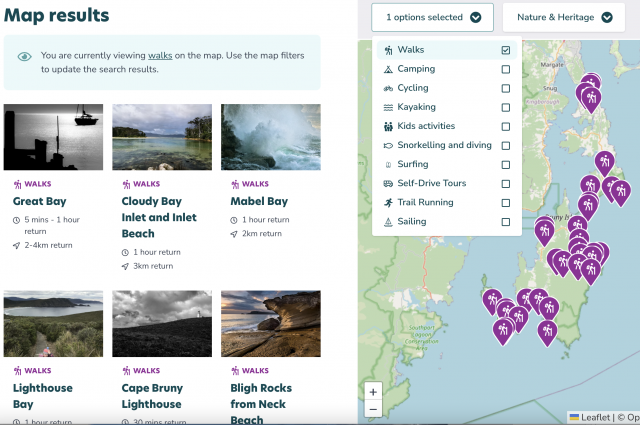
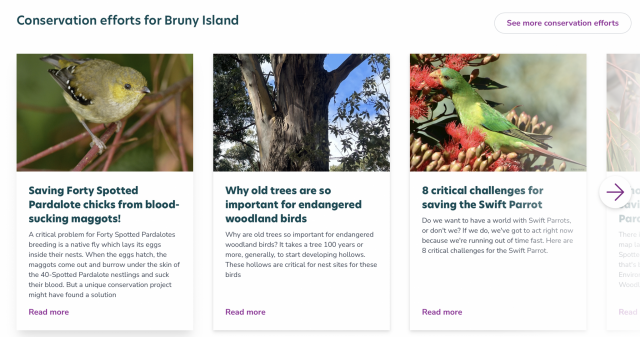
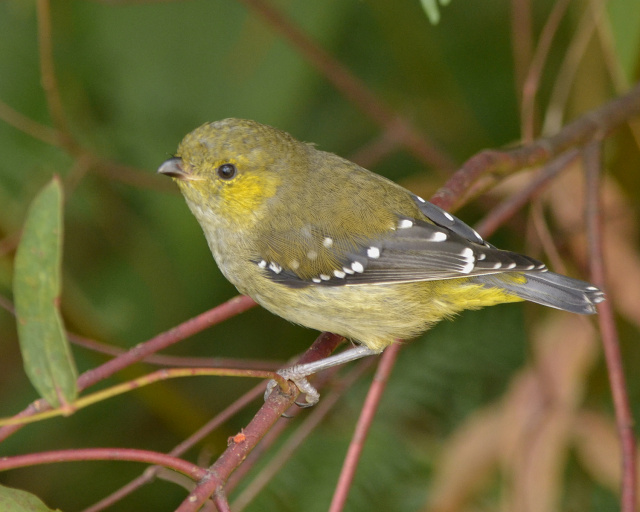
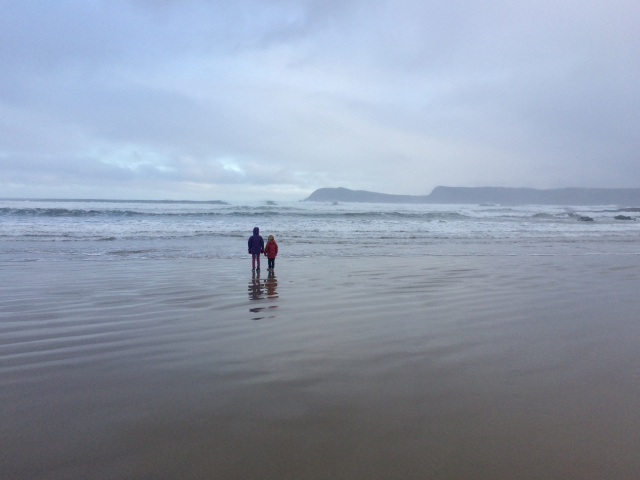
Bruny Island is a globally significant haven for birdlife, home to some of the world’s rarest birds – including the Forty-Spotted Pardalote, the Swift Parrot and the majestic Wedge-Tailed Eagle.
Bruny hosts wonderfully intact and diverse landscapes, including grasslands, grand forests, sub-alpine rainforests, coastal shrubs, rich and magical marine habitats and long wild stretches of coastline.
Bruny island’s varied coastline, rocky reefs and sandy gulches provide home and habitat to marine life as diverse as leatherjacket and flathead fishes, to Crayfish, Little Penguins and migratory whales.
The island’s human history extends back 40,000 years, with layers of continuous human connection with, love for and relationship to this land.
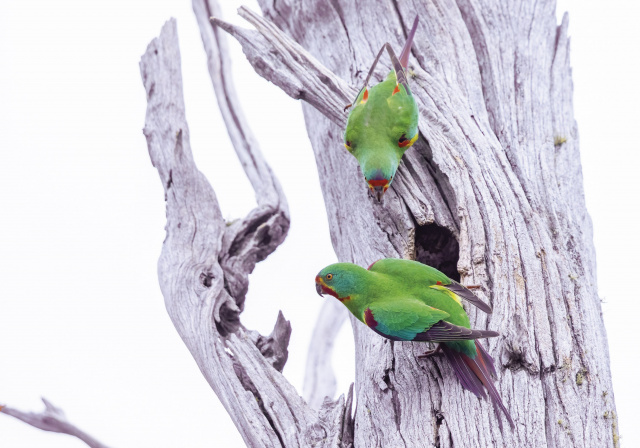
The Bruny Island online field guide is being coordinated by the Bruny Island Environment Network, Inala Nature Tours/Inala Foundation, and nature platform, Kuno.
The Bruny Island online field guide has a growing group of incredible people who are contributing writing, articles, interviews and photography to make this a rich and beautiful resource for the public, including but not limited to:
- Zoologist, experienced naturalist and founder of Inala Nature Tours, Dr Tonia Cochran
- Bird experts and ecologists Dr Karen Dick, Dr Eric Woehler, Dr Cat Young and Dr Andrew Hingston
- Specialist ecology guide Cat Davidson
- Local naturalists and conservationists James Bunker and Bob Graham
- Experienced photojournalist and nature advocate Dan Broun
- National bird advocates Lyndal Wilson and Andrew Hunter from BirdLife Australia
- Local GP, conservationist and author of Tarkine Trails Dr Phill Pullinger
Become a contributing author and add an article, species listing, trail, story or gallery to the guide to help make it as rich, deep and beautiful a guide as possible
Sponsor the guide with a direct financial sponsorship towards the guide or by donating a ‘prize’ to the Bruny field guide crowdfunding campaign
Chip in to the Bruny field guide crowdfunding campaign to help bring this project to life.
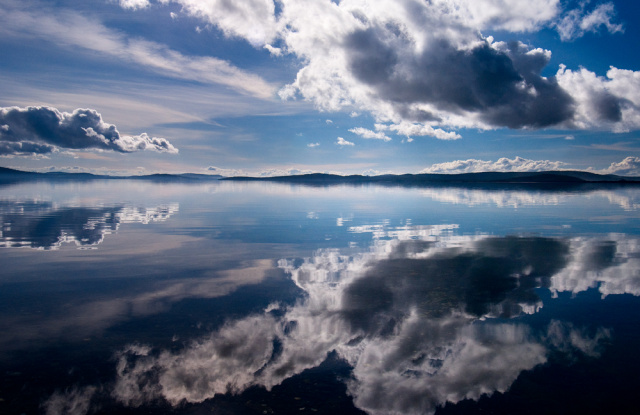
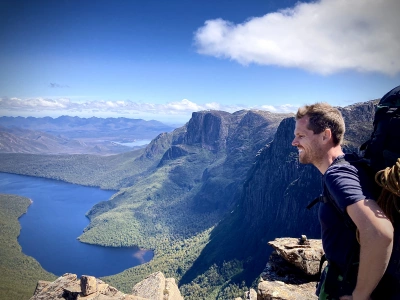
Phill Pullinger
The Bruny field guide will include but not be limited to:
- How to see and connect with the natural beauty and landscapes of Bruny Island – including comprehensive walking, cycling, kayaking and location notes
- Rich, varied and beautiful articles and stories about varying aspects of Bruny Island’s natural history
- Varied and detailed information about the extraordinary plants and animals found on Bruny island
- The conservation needs and projects of Bruny Island and people and groups working on them
- The rich long human connection with Bruny Island / lunawanna-alonnah
The goal of the project is to nurture a loving connection between people and the wondrous beauty of Bruny, to inspire a community of stewards deeply committed to the island’s long-term protection.





Bruny Island is a globally significant haven for birdlife, home to some of the world’s rarest birds – including the Forty-Spotted Pardalote, the Swift Parrot and the majestic Wedge-Tailed Eagle.
Bruny hosts wonderfully intact and diverse landscapes, including grasslands, grand forests, sub-alpine rainforests, coastal shrubs, rich and magical marine habitats and long wild stretches of coastline.
Bruny island’s varied coastline, rocky reefs and sandy gulches provide home and habitat to marine life as diverse as leatherjacket and flathead fishes, to Crayfish, Little Penguins and migratory whales.
The island’s human history extends back 40,000 years, with layers of continuous human connection with, love for and relationship to this land.

The Bruny Island online field guide is being coordinated by the Bruny Island Environment Network, Inala Nature Tours/Inala Foundation, and nature platform, Kuno.
The Bruny Island online field guide has a growing group of incredible people who are contributing writing, articles, interviews and photography to make this a rich and beautiful resource for the public, including but not limited to:
- Zoologist, experienced naturalist and founder of Inala Nature Tours, Dr Tonia Cochran
- Bird experts and ecologists Dr Karen Dick, Dr Eric Woehler, Dr Cat Young and Dr Andrew Hingston
- Specialist ecology guide Cat Davidson
- Local naturalists and conservationists James Bunker and Bob Graham
- Experienced photojournalist and nature advocate Dan Broun
- National bird advocates Lyndal Wilson and Andrew Hunter from BirdLife Australia
- Local GP, conservationist and author of Tarkine Trails Dr Phill Pullinger
Become a contributing author and add an article, species listing, trail, story or gallery to the guide to help make it as rich, deep and beautiful a guide as possible
Sponsor the guide with a direct financial sponsorship towards the guide or by donating a ‘prize’ to the Bruny field guide crowdfunding campaign
Chip in to the Bruny field guide crowdfunding campaign to help bring this project to life.

Love what you're reading? Support Kuno donate to support them now
Donate hereYou might like...

Love of Bruny

Bruny Island Bird Festival

Protecting Bruny's beach-dwellers

Bruny Island nesting box project
Newsletter
Sign up to keep in touch with articles, updates, events or news from Kuno, your platform for nature
